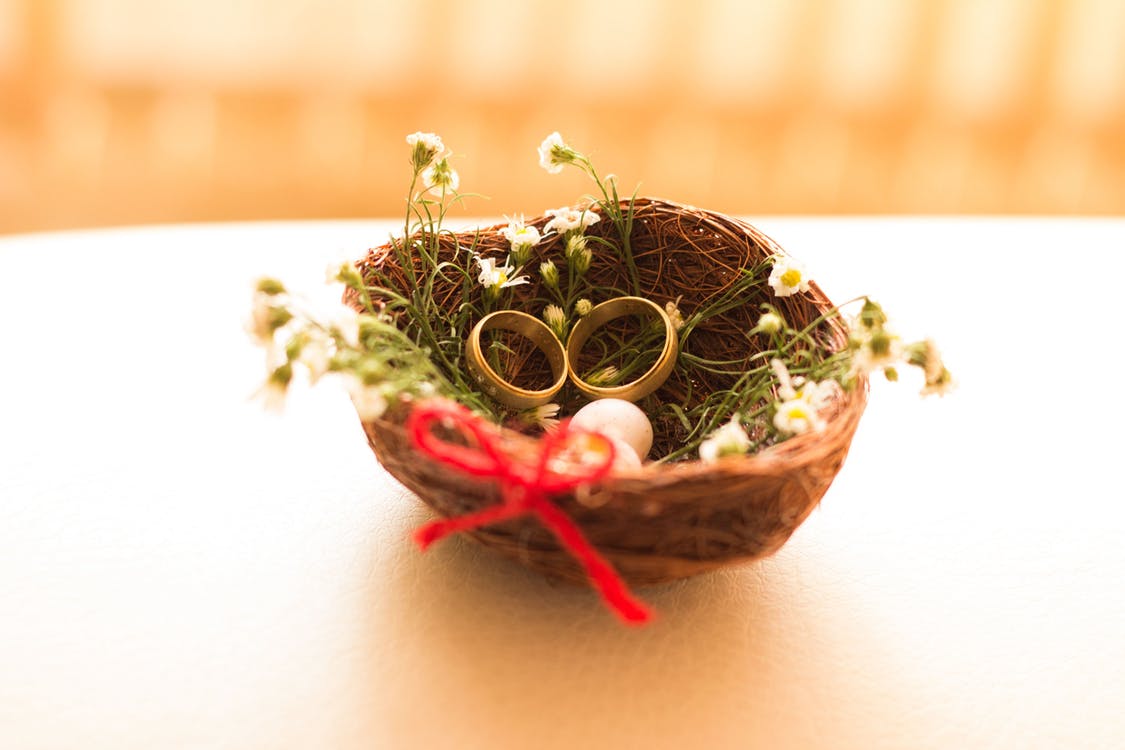A wise woman once said: “Relationships are like shoes. The key is in how they fit you. No matter how fancy or how much you want them, you are guaranteed pain at every step, unless they match you. And every once in a while, there comes a pair (or a special relationship) that feels like you’ve come home: Happy, warm, liberating, and you never want to go without. If you should like to own such a pair, invest in looking for a relation and make it your own.”
The question is what does happily-ever-after look like among urban Indians today? What is the correct age to marry? Is marriage the only accepted form of a committed relationship?
Urban Indians are now looking at relationships pragmatically. Acceptance of this is also visible by immediate and extended family who play an important role in the Indian social framework. Even Bollywood, which acts as harbinger of change, is talking about acceptable forms of relationship besides marriage. Finally, our laws too are changing, to align with the social thinking of the day.
A few of the acceptable kinds of relationships embraced by urban Indians depending on what phase and state of mind they are in, are:
- Marriage, which needs no introduction. Socially it is the most accepted form of committed relation. It binds the two via a legal document with a promise of ‘till death do us apart’. Generally speaking, hardly any event is more important in India than the wedding and the celebration usually takes on a very public character to announce the new family alliance. It functions de facto as an initiation into adulthood (if married in early 20s) and actualises the transition into entirely new social roles.
- Living-in is a growing trend and is becoming mainstream in terms of social acceptance.
Legally, unmarried couples are considered equal to married couples in terms of rights (since 2010) For example, an unmarried woman is entitled to inherit her deceased partner’s property.In a further landmark judgment, the Supreme Court ruled that couples in live-in relationships will be presumed legally married (April 2015). However, given the ritual and social importance of marriage, unmarried couples often lack the blessing and support of their families. Furthermore, they face practical problems such as renting a house or sharing a hotel room.
Having said that, living-in is a growing trend because it allows the couple to test their compatibility across levels—be it emotional, social, mental—which does not come across during the initial attraction phase or while in courtship.
It is also seen as being practical, saving finances for a better future life. For some, this form of relationship may continue to be status-quo for their life-time and for some it may also even lead to being married.
- Companionship, like all relationships, starts on the basis of friendship. However, this has a defined boundary about partners living in their own homes. This is increasingly becoming an accepted form of committed relationship where the couple on mutual convenience enjoys spending time together, going for vacations, doing activities together, visiting families together and more and yet they lead an independent live.
Companionship is prevalent among ‘single’ people who may be reluctant about jumping directly into a relationship which binds them in any way, for those who find it difficult to share their ‘personal space’, those with children and for those who like to take it slow.
So, what kind of a relationship is it going to be for you? No matter which framework you pick, remember not to leave the expectation of a relationship to assumption. The only mantra which works is to be ‘Honest’ and ‘up-front’ and discuss your relationship expectation with your partner to avoid any form of emotional heartburn.
Here’s wishing you cracking good luck in all your relationship endeavours.
Want to share your story of how you thrive? Write to us at [email protected]


